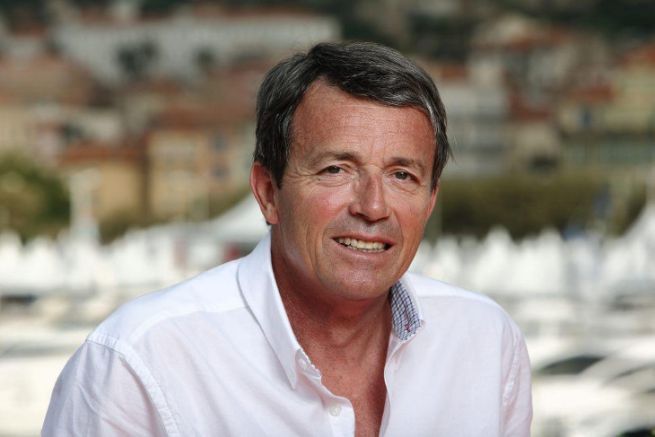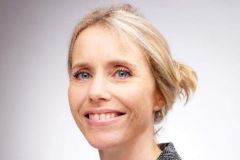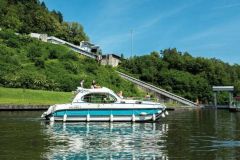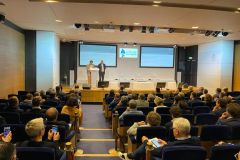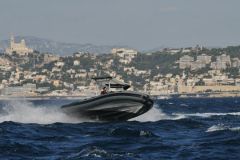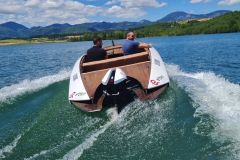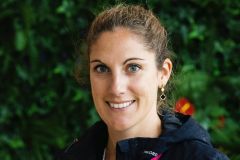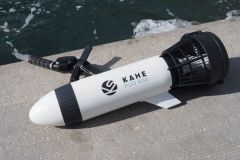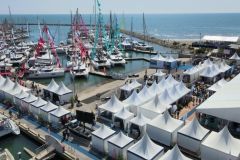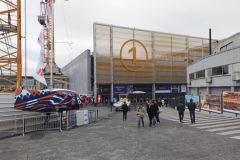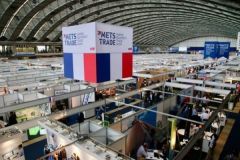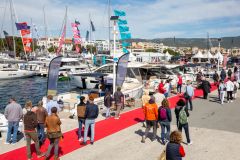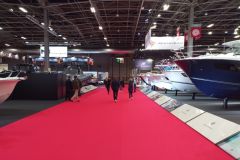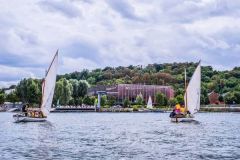You are currently working on the next edition of the Nautic de Paris and its general evolution. Can you explain the process and the actions in progress?
The basic will of the Federation of Nautical Industries in taking over the Nautic is to revitalize it. After the creation of Nautic Festival SA (editor's note: new structure in charge of the management of the show, since the takeover of Nautic at Reed Expo) and the transfer of staff, we took stock of the last show to see what needed to change. We then brainstormed within the Nautic team, then the FIN team, which knows the show well, and the FIN Board of Directors, composed of companies, all exhibitors of the Nautic.
We are currently in the last phase of reflection, through meetings with exhibitors in the different regions. At the end of the process, 150 exhibitors will have presented their ideas and expectations for the Nautic. After already two meetings, I have noted constructive and positive exchanges, with a real dynamism of the professionals. Our needs analyses are largely confirmed.
At the end of the month, we will be able to take stock of these discussions in order to put in place a quantified action plan and validate it with FIN.
What are the main lines of thought today to develop the Nautic?
We have identified 3 main areas of work that we share with exhibitors.
The first objective is to improve the visibility of the Nautic among the public and the media. It is the 5th largest show in France, the first being the world's largest automobile show, and even if there are fewer boat users than cars, we can make more talk about the show. Today, apart from the arrival of the boats in Paris or the race of Stand-Up Paddle, the event is little mediatized. We are thinking about tri-partite events with the Nautic, exhibitors and the media. We also want to integrate new activities such as diving or fishing, which attract new users. Exhibitors in these sectors need the possibility of a shorter exhibition with 4-day packages, for example.
The second axis is that of the visitor and potential consumer experience, because the show must make it possible to find new customers. Only 15% of the people who come to the Nautic visit a boat, whereas almost all would like to. This frustration discourages many to return. It is therefore necessary to increase the number of visits, by increasing the quantity of accessible boats, even if it is the Nautic which is in charge. Each year, 50,000 new boaters are licensed and less than half are licensed within 12 months. By inviting them to the living room, we can keep them in the circuit.
The third aspect is the place of the regions. They are becoming more and more aware of the importance of the boating industry and are very keen on the positive values of boating. Allied to the FIN, whose political relays are important, the Nautic must develop the presence of the regions, with a less institutional communication and more adapted to pleasure boaters and nautical tourists.
Without prejudging concrete measures, how do you envisage the evolution of the exhibition's economic model?
The outlook has changed and with the direct return to FIN, which has no profit objective, the gains will be reinvested in the show. On the other hand, I feel a real dynamism of exhibitors who are ready to pay the same price as before if they have better economic and media spin-offs. We will therefore discuss the measures to be taken once they have been defined and quantified.
